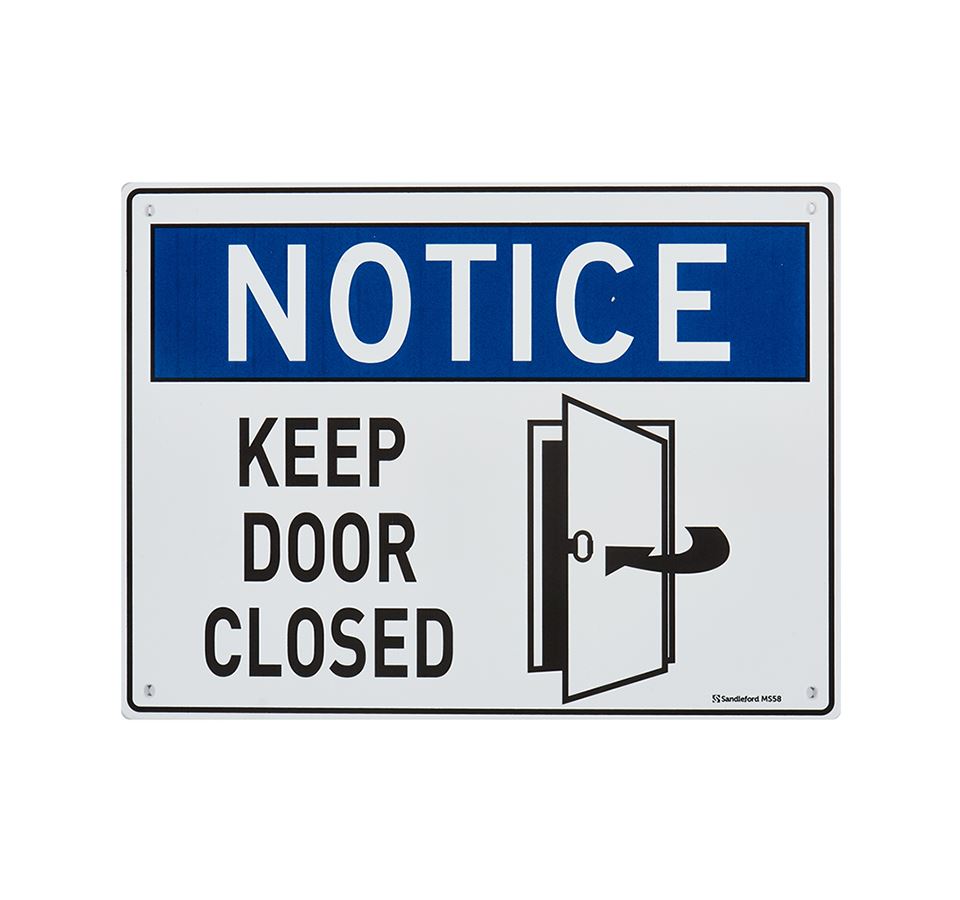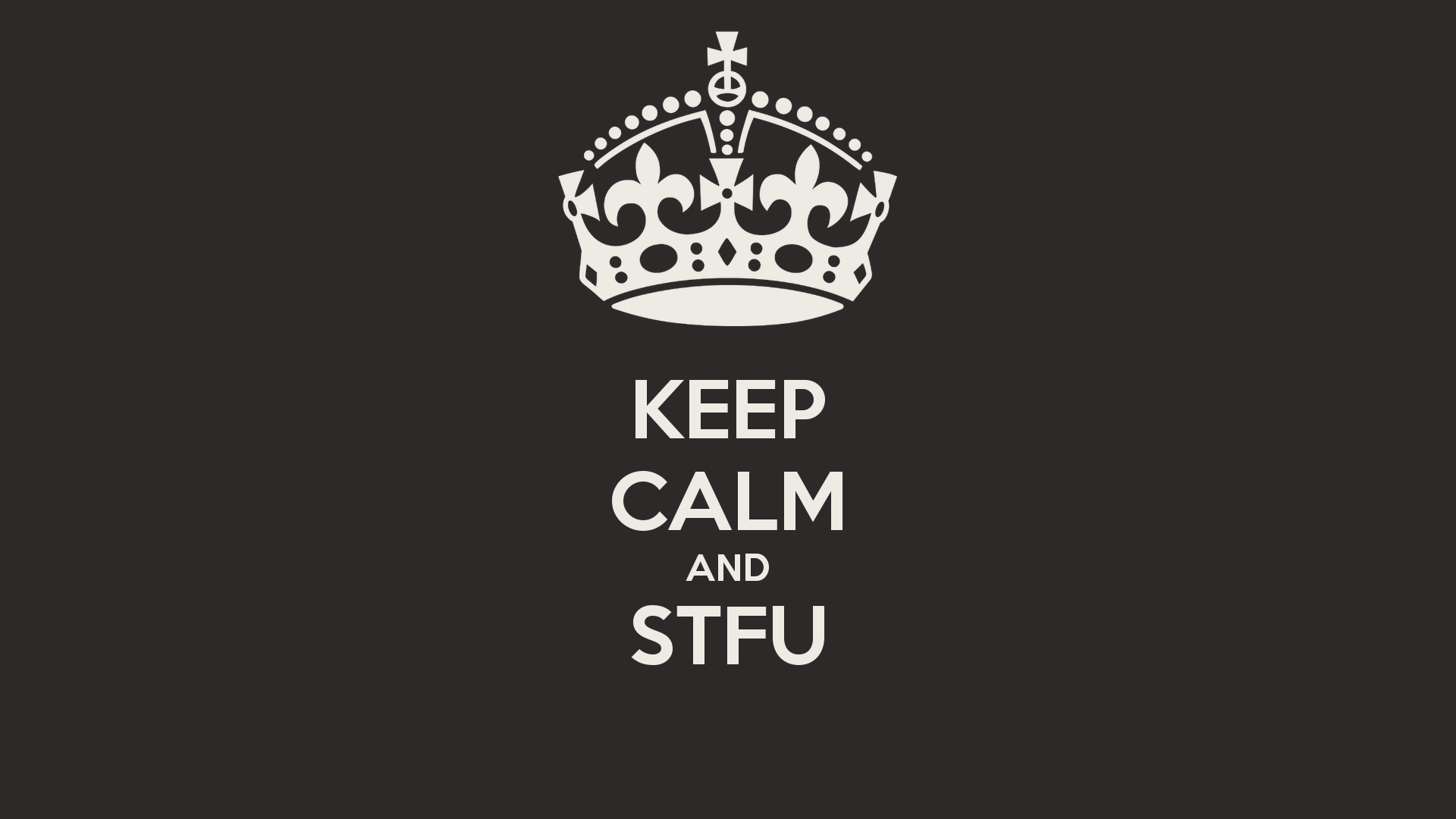

And, if it's bedtime, potentially keeping you from falling or staying asleep. This means that up to six hours after drinking a caffeinated beverage, half of the caffeine you consumed is still present in your body - keeping you alert. “It is important to understand how long it can, though, since the timing could overlap with a planned bedtime and affect sleep quality if you’re not careful.”Īccording to the FDA, the half-life of caffeine - the time it takes for the starting amount of the substance to reduce by half - is between four and six hours. “Fortunately, caffeine doesn’t hang around in your body forever,” says Dr. When this happens, the downstream sleep-promoting pathways aren’t activated, meaning you stay awake and alert in the meantime. Unless its receptors are blocked by caffeine, that is. After several hours of being awake, adenosine levels increase to a point where they start the process of making you sleepy. Its levels in your brain fluctuate - fairly low when you wake up and slowly building throughout the day. “It can do this because, structurally, caffeine looks very similar to adenosine, the molecule that usually binds to these receptors.”Īdenosine plays many roles, including helping to regulate your sleep/wake cycle. “Caffeine works by blocking sleep-promoting receptors in your brain called adenosine receptors,” says Dr. It's here that caffeine elicits its most classic effect - helping keep you alert and awake. Once consumed, caffeine is very quickly absorbed and distributed throughout your body, including to your brain. So, when it comes to that gray area between late morning and early evening, how late is too late to drink that coffee you so desperately need - or even just a soda or iced tea with dinner - without it affecting your sleep? How does caffeine work? “Certain afternoon and evening habits can get in the way of that, and caffeinated beverages are one prominent example.” Rashad Ramkissoon, a primary-care physician at Houston Methodist. “It’s very important to be sure you’re getting quality sleep,” says Dr. (Right before bed, for instance.just in case.)īut is an afternoon pick-me-up really a problem? At the time, it felt like you needed it just as much as the sleep you're not getting now. You know caffeine can keep you awake, and there are the obvious times to avoid it. Or, maybe you're counting the number of hours you might get if you fell asleep right now. Specifically, the number of hours you're not getting. With a clean interface and general ease of use, it makes note-taking a little bit less of a chore - especially if you're easily overwhelmed by some of the more complex options on the market.Instead of counting sheep you're counting hours of sleep. And its biggest draw is the app's overall simplicity.

Overall, Keep gives users a lot of options for customization without overwhelming the experience. That's perfect for creating a list of steps required to complete larger tasks. You can also add sub-items to your checklists (below each checkbox) by creating a new line and dragging it to the right. When writing grocery lists, for example, the app will give suggestions as you type. Keep is also great for creating lists if that's your preferred form of organization. Notes are also searchable and can be copied.

There's also color-coding, which allows you to easily differentiate between different kinds of notes and scan for what you need, as well as labels, pinning (for extra-important notes), and archiving. You can view your notes as a list (which will organize them by pinned notes first, then chronologically) or as a grid, and you can drag and drop individual notes to re-order and visually re-prioritize as needed. Use Keep for dynamic grocery and to-do lists.


 0 kommentar(er)
0 kommentar(er)
